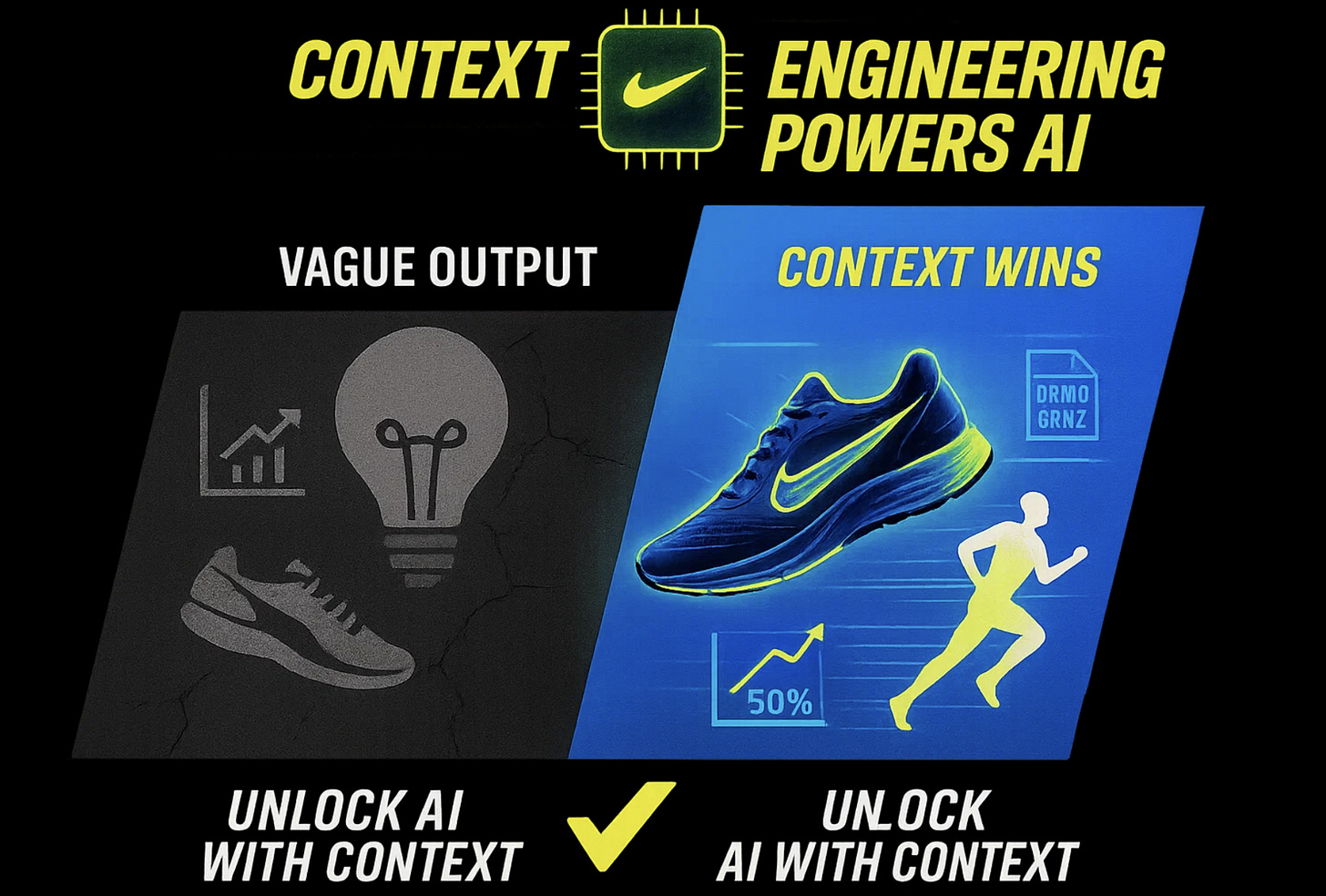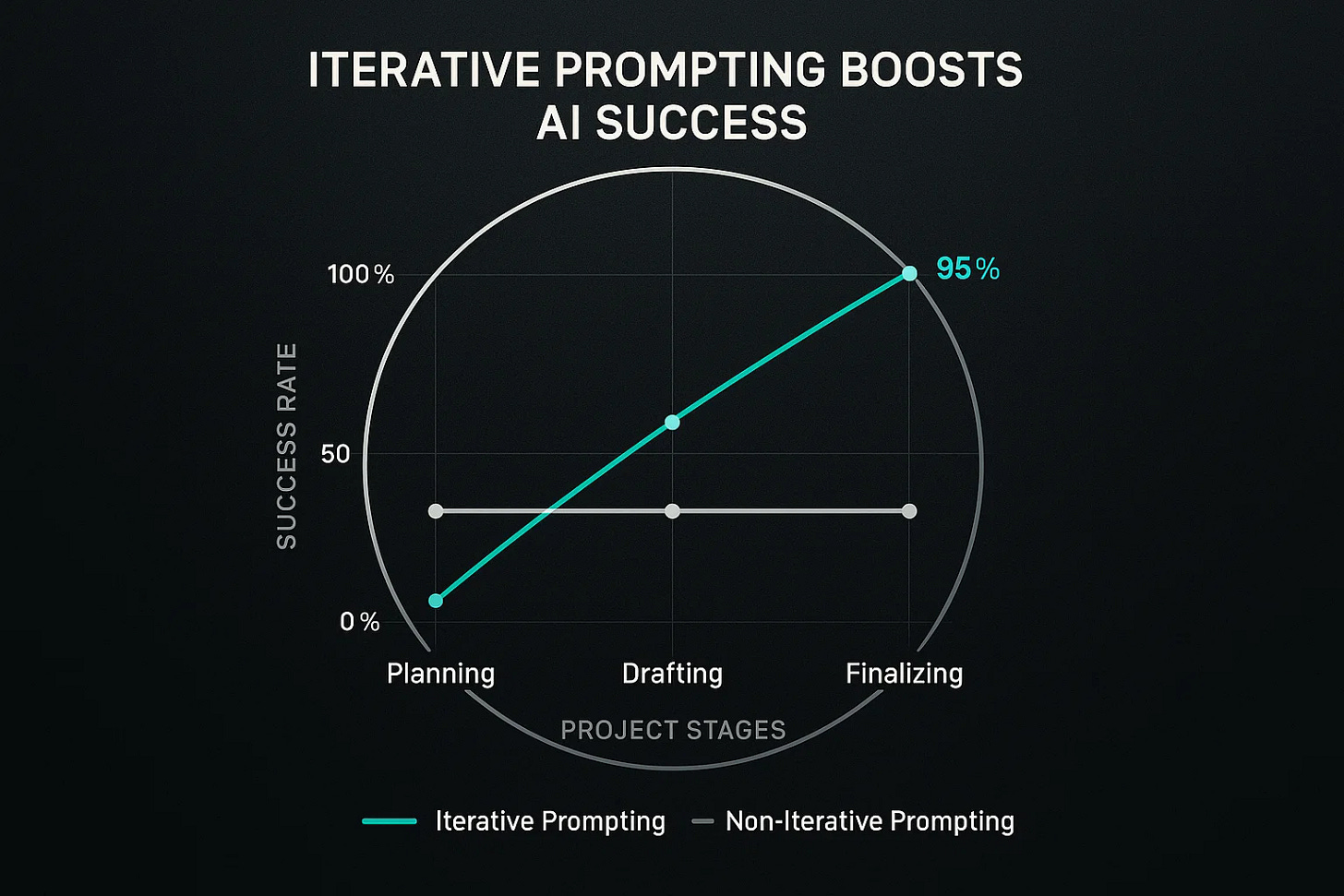Why This Is Worth Reading - Unlock the full potential of AI tools like Grok with a proven framework for crafting precise prompts. This article reveals how context engineering drives smarter outputs, saving time and boosting results. Learn from global leaders and data-driven insights to transform your AI interactions.
Today’s world is now dominated by artificial intelligence, which powers everything from marketing campaigns to financial analysis; the ability to communicate effectively with AI is a competitive edge. At companies like Amazon and Salesforce, teams leverage AI to streamline operations, with 80% of surveyed executives in 2025 reporting AI-driven productivity gains. Yet, many struggle to extract meaningful results from tools like Grok. The secret? It’s not about asking better questions—it’s about engineering the context behind those questions.
Inspired by pioneers like Andrej Karpathy, a key figure in AI development, the 4W Prompt framework transforms vague AI interactions into precise, actionable outputs. This article dives into the 4W framework, backed by current data, real-world examples from global brands, and practical steps to elevate your AI game. Whether you’re a startup founder or a corporate strategist, mastering context engineering will redefine how you wield AI.
The Power of Context: Why It Matters
Imagine you’re a marketing lead at Nike, tasked with doubling the impact of a recent campaign. You turn to Grok for ideas, but without clear context, the output is generic—useless for your specific audience of Gen Z athletes. Now, picture feeding Grok a detailed brief: your target demographic, past campaign metrics, and a tone inspired by Nike’s bold storytelling. The result? The outcome is a customized approach that strikes a chord. That’s the power of context engineering
.
The 4W Prompt—covering Who, Why, What, and How—ensures AI understands your intent. In 2025, 65% of AI users report better outcomes when using structured prompts. Unlike a Google search, which scans billions of webpages, Grok relies on the context you provide to deliver relevant answers. If you make a mistake, you'll end up with irrelevant information. Nail it, and you unlock precision.
Chart: The Impact of Structured Prompts on AI Output Quality
The 4W Framework: A Step-by-Step Guide
The 4W Prompt is a blueprint for clarity. Here’s how it works, with examples from global leaders to bring it to life.
1. Who: Define Your Audience
The Who grounds your prompt in purpose. Are you addressing a boardroom at JPMorgan Chase or a creative team at Spotify? For instance, a JPMorgan analyst summarizing a 100-page financial report needs data-heavy, formal output. Spotify’s team, crafting a playlist campaign, demands a playful tone. In 2025, 72% of AI-driven projects fail due to misaligned audience targeting. Specify your audience to avoid this trap.
2. Why: Clarify the Purpose
The Why answers why the task matters. A Salesforce product manager using AI to draft a feature announcement must articulate the goal—say, increasing user adoption by 20%. Without this, AI churns out generic text. The 4W framework forces you to define success upfront, aligning AI with your KPIs.
3. What: Provide Key Inputs
The What is your raw material—facts, data, or examples AI must use? When Amazon’s logistics team uses AI to optimize supply chains, they feed it specific metrics: delivery times, warehouse capacities, and customer demand patterns. Include links, PDFs, or excerpts to keep AI focused. For example, a private equity analyst might attach a 92-page industry report to extract actionable insights.
4. How: Set the Execution Rules
The How dictates tone, format, and constraints. A TED Talk-inspired presentation for a Google keynote requires a storytelling arc, while a McKinsey consultant’s brief demands bullet points and citations. The 4W workflow—gap check, plan, draft, review, revise—ensures iterative refinement. In 2025, iterative AI prompting boosts project success rates by 45%.
Graph: Success Rates of Iterative vs. Non-Iterative AI Prompting
Real-World Examples: Context in Action
The 4W framework shines in practical applications. Here are three scenarios with global brands.
Summarizing Complex Data (Private Equity at Blackstone)
A Blackstone analyst distills a 92-page industry report into a one-page brief for senior partners. Using the 4W Prompt, they specify: Who (investment committee), Why (inform deal strategy), What (report data), and How (formal tone, bullet-point metrics). Grok delivers a crisp summary, citing page references, saving hours. Result: A board-ready brief in under 30 minutes.Optimizing Marketing Copy (Airbnb’s Landing Page)
Airbnb’s growth team boosts bookings via a landing page. The 4W Prompt defines: Who (solo travelers), Why (increase conversions by 30%), What (past campaign data, testimonials), and How (conversational tone, GDPR-compliant). Grok rewrites the copy, doubling click-through rates in A/B tests.Reverse-Engineering Success (Tesla’s Social Media)
Tesla’s content team analyzes viral X posts to plan future campaigns. The 4W Prompt outlines: Who (EV enthusiasts), Why (replicate virality), What (post metrics, hooks), and How (data-driven analysis). Grok identifies key drivers—bold visuals, evening posts—and suggests a weekly plan.
Recommended Videos: Learn from the Pros
Deepen your understanding with these YouTube videos on AI prompting:
“How to Prompt AI Like a Pro” by AI Advantage
“Mastering AI for Business Growth” by Jeff Su
When to Skip Context (And What to Do Instead)
Not every task needs the 4W Prompt. For quick fixes—grammar checks, unit conversions, or fact lookups—context is overkill. The rule: Use the 4W Prompt with DeepSearch for reasoning-heavy tasks; opt for simple prompts for speed. In 2025, 90% of routine AI tasks are handled by lightweight models, freeing users for strategic work.
The Path Forward: Embrace Context, Master AI
Context engineering is the blade that sharpens your AI’s edge. Like a craftsman, you must wield it with intent, clarity, and purpose. The 4W Prompt isn’t just a tool—it’s a mindset that unlocks AI’s potential to amplify your work.
Call to Action: Your 4W Mastery Plan
Audit Your AI Tasks: Identify one reasoning-heavy task (e.g., report summarization, campaign planning) where context could improve outcomes.
Craft a 4W Prompt: Use the framework to define Who, Why, What, and How. Test it with Grok’s DeepSearch mode on x.ai.
Iterate and Measure: Refine the output over two rounds, tracking time saved and quality gained. Aim for a 30% efficiency boost.
Scale Your Skills: Apply the 4W Prompt to three more tasks this month, sharing results with your team to drive adoption.
Stay Inspired: Subscribe to AI-focused newsletters like The Algorithmic Bridge for cutting-edge prompting tips.
Step into the arena of AI mastery. The tools are ready—your move.
















